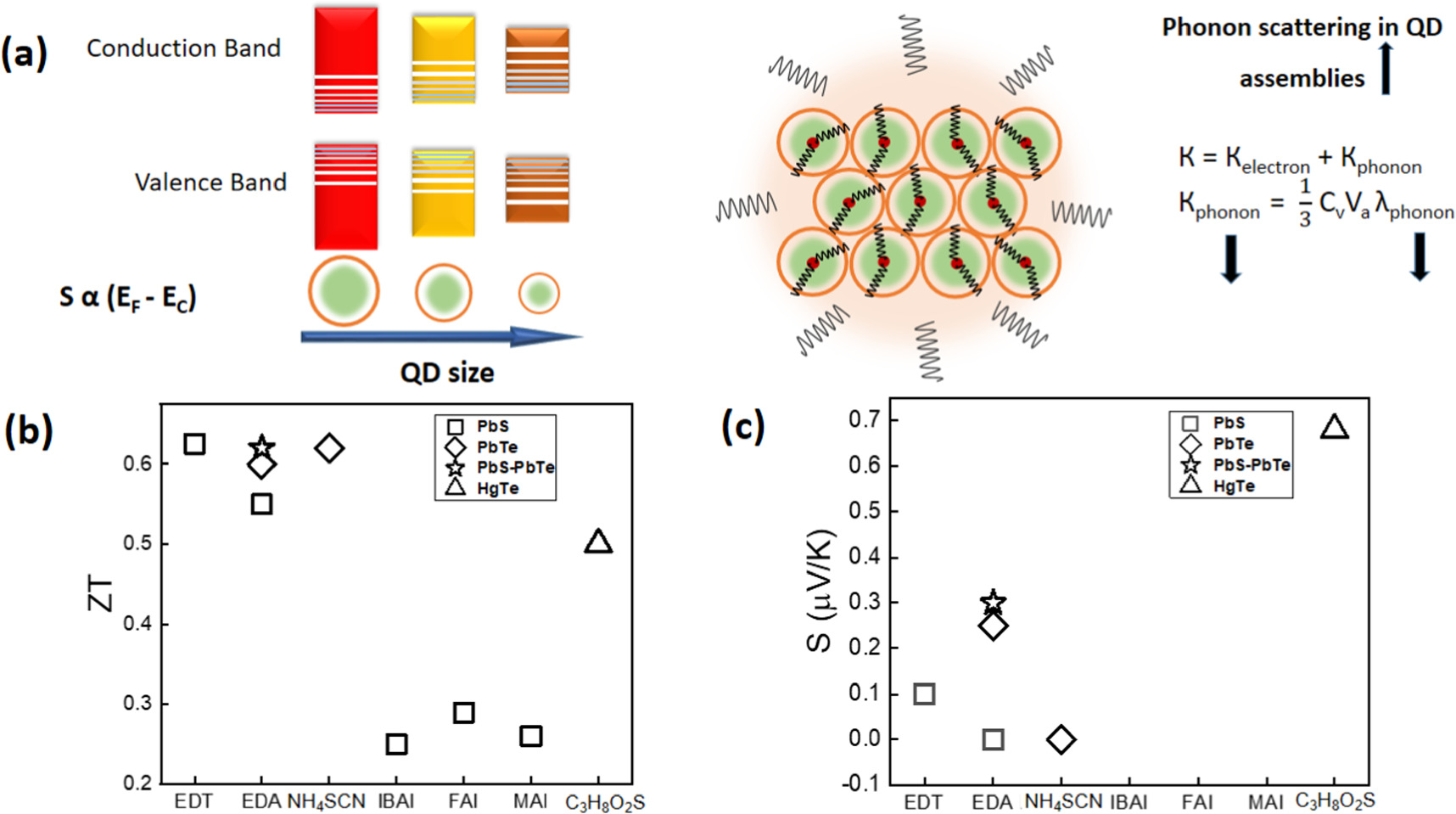
A Sticky Breakthrough: How a Simple Molecular “Glue” is Advancing Printable Solar Panels to Record Efficiencies
A cost-effective industrial chemical is aiding researchers in China in addressing one of the most challenging issues in solar technology: the mass production of high-efficiency, durable perovskite solar panels. Scientists from the Dalian Institute of Chemical Physics have introduced an innovative method utilizing tetramethylammonium chloride (TMACL) – a readily accessible chemical compound – which greatly improves the performance and manufacturability of printable perovskite solar cells.
Their recent study, published in the journal Joule, signifies a significant progress towards the commercialization of this promising photovoltaic technology. The team successfully produced large-area solar panels using scalable, low-temperature fabrication techniques – a persistent challenge associated with perovskite cells. Most notably, they established a new efficiency benchmark by employing the same industrial methods that could potentially enable mass production of solar panels in factory settings.
Understanding Perovskite’s Promise – and Its Challenges
Perovskite solar cells have been recognized as the future of solar energy due to their exceptional light-absorbing properties and low-cost raw materials. Unlike conventional silicon panels, which necessitate intricate, high-temperature (over 1,000°C) manufacturing, perovskites can theoretically be printed at room temperature utilizing common tools like inkjet printers and blade coaters.
Nevertheless, transitioning these cells from lab-sized prototypes to commercial solar panels has faced obstacles. One of the primary challenges during manufacturing is maintaining layer consistency. When this uniformity is disrupted, small voids and defects develop at the interfaces between layers – significantly compromising both electrical performance and the longevity of the device.
TMACL: A Simple Component with Adhesive-Like Qualities
This is where TMACL comes into play. Professors Dong Yang and Shengzhong Liu, along with their team, discovered that incorporating this economical compound during the solution-based fabrication process addressed several key concerns:
– It stopped nanoparticles from aggregating during the blade-coating procedure, ensuring a more even deposition.
– It established robust chemical bonds across layer interfaces – functioning like a molecular adhesive.
– It diminished surface roughness by 32%, facilitating more efficient electron flow.
– It reduced interfacial defects by 40%, enhancing solar energy conversion.
“Our research lowers the obstacles to large-scale manufacturing and paves the way for the commercial rollout of high-performance perovskite solar technologies,” Professor Liu stated.
Record-Breaking Efficiency with Scalable Production
What makes this advancement particularly noteworthy is the method by which it was achieved – not through elaborate laboratory setups, but through blade coating, a manufacturing technique akin to screen printing. Blade coating is scalable, cost-effective, and ideal for continuous roll-to-roll manufacturing, making it suitable for mass production.
Through this method and TMACL enhancement, the team achieved a record efficiency of 22.76% for a large-area perovskite module (57.2 cm²) – the highest recorded for blade-coated perovskite devices. The result received independent certification at 21.60%, ranking it among the top-performing large-area perovskite panels created with scalable techniques.
To put this in perspective, most commercial silicon panels have efficiencies ranging from 18% to 22%, but they incur significantly higher production costs in terms of both energy and resources.
Enhanced Stability and Longevity
Historically, a major drawback of perovskite cells has been their stability. They tend to degrade rapidly when exposed to light, oxygen, or humidity. However, cells manufactured using TMACL demonstrate a different narrative.
Unencapsulated cells produced with this new method maintained over 93% of their initial efficiency after 1,500 hours under ambient conditions – a substantial enhancement in lifespan and real-world durability. This level of resilience brings perovskite solar technology closer to meeting the reliability criteria needed for market introduction.
Flexible Solar Panels for a New Wave of Devices
In addition to rigid panels, the researchers exhibited commendable results using the TMACL technique on flexible substrates. These lightweight, bendable modules are essential for next-generation applications, including portable solar power, vehicle integration, and wearable technology.
Flexible perovskite modules developed with TMACL demonstrated over 20% efficiency and preserved more than 95% performance after 500 bending cycles, positioning them among the most durable flexible solar devices to date.
Why This Could Bridge the Gap to Commercialization
Perovskite’s transition from laboratory innovation to real-world competitor has been characterized by significant efficiency advancements – increasing from 19.3% in 2014 to 26.7% in 2024. However, true commercialization hinges on unlocking scalable, cost-effective manufacturing with consistent quality.
This molecular-glue strategy alleviates many of the industry’s most pressing challenges:
– TMACL is 90% less expensive than traditional interface materials.
– The process eliminates the necessity for additional high-temperature or vacuum conditions.
– Blade-coating ensures over 90% material usage (compared to approximately 10% in spin-coating).